
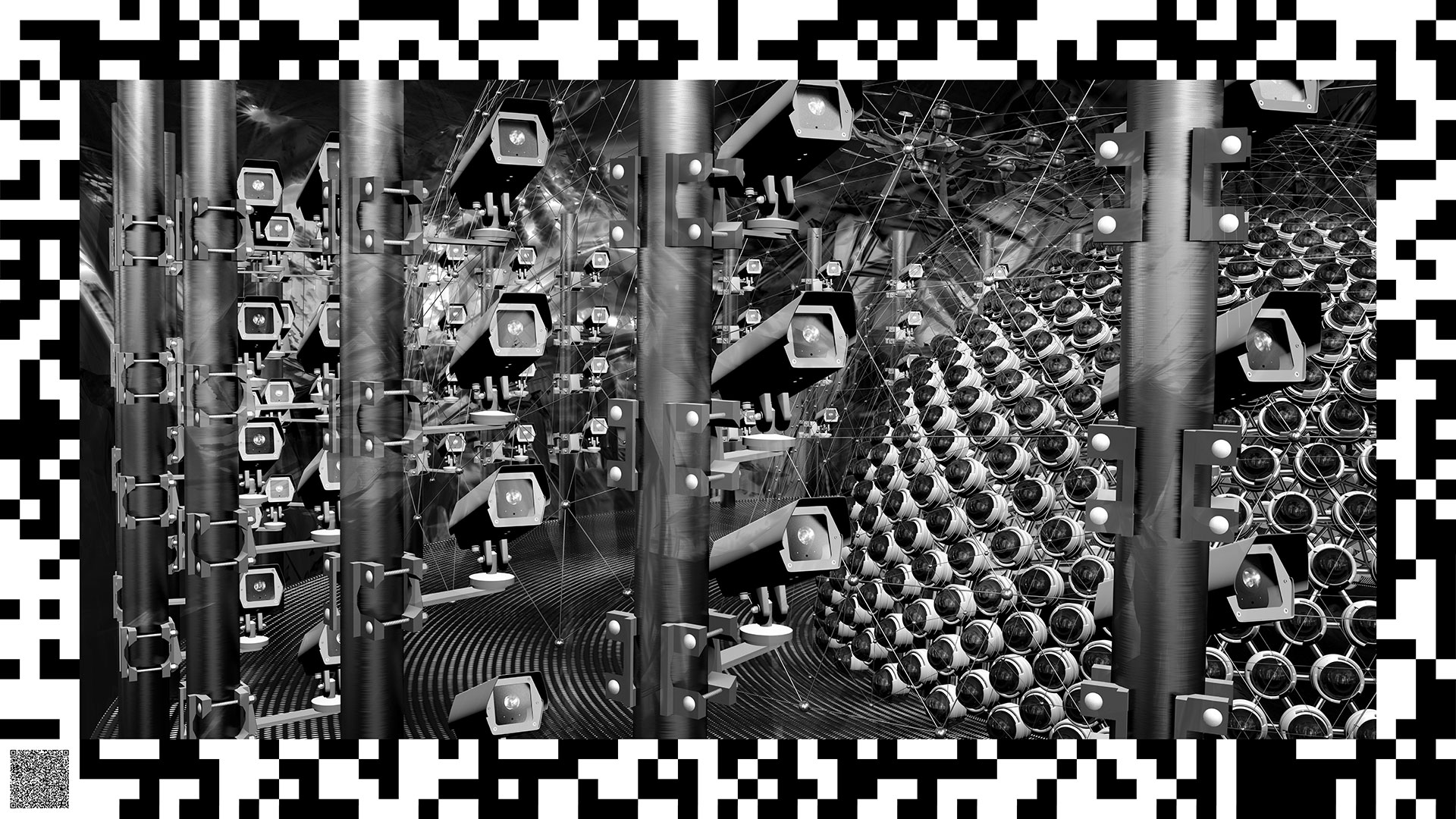
The present work is protected by copyright in all its parts.
© 2022 by Heinz Hermann Maria Hoppe.
All rights reserved.
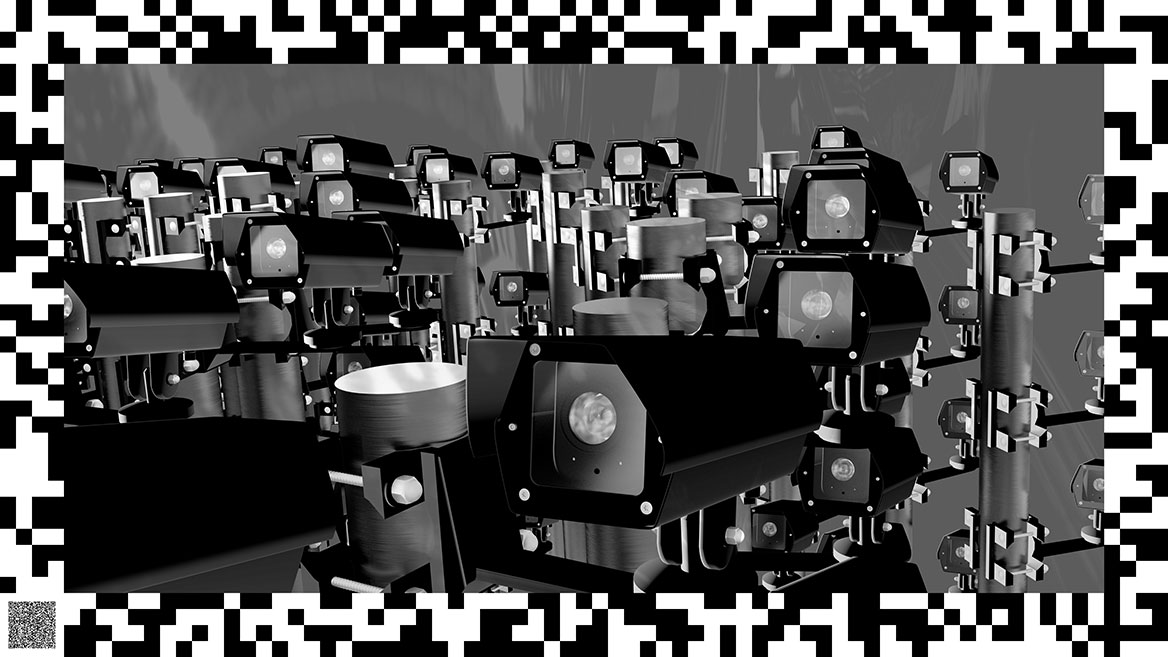
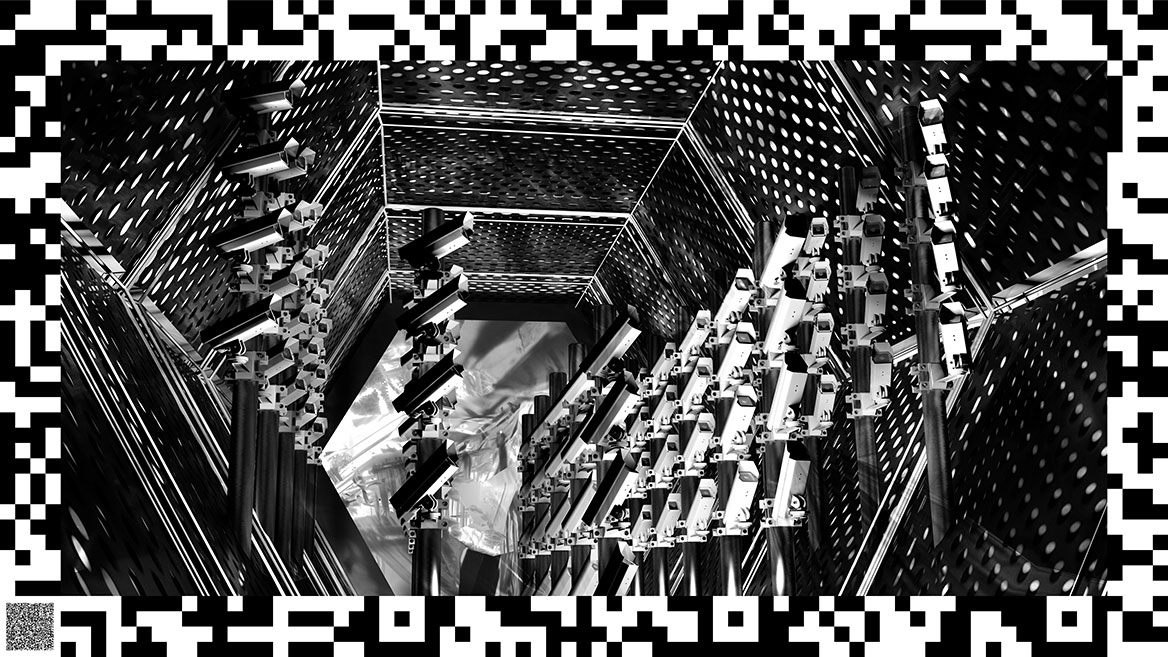
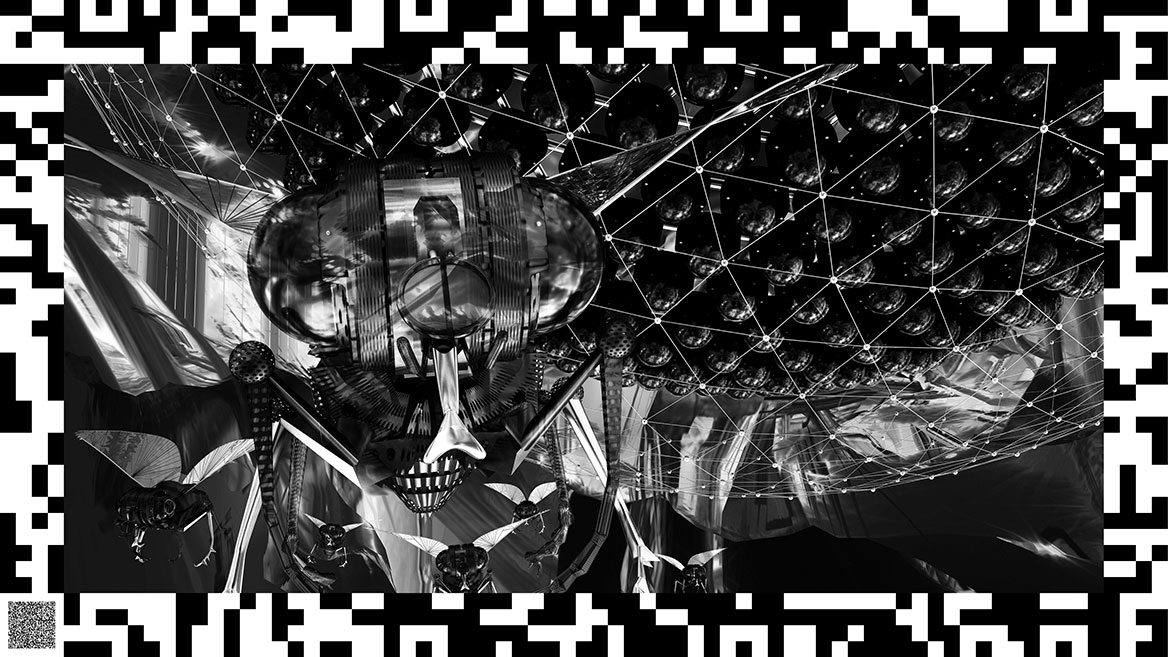
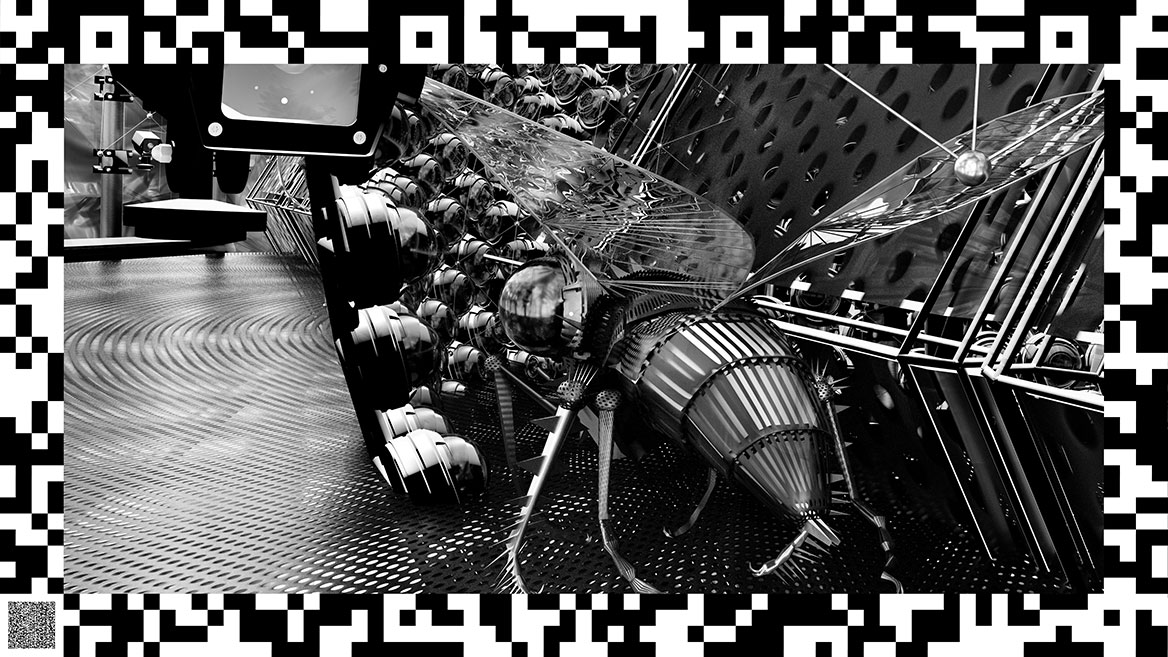
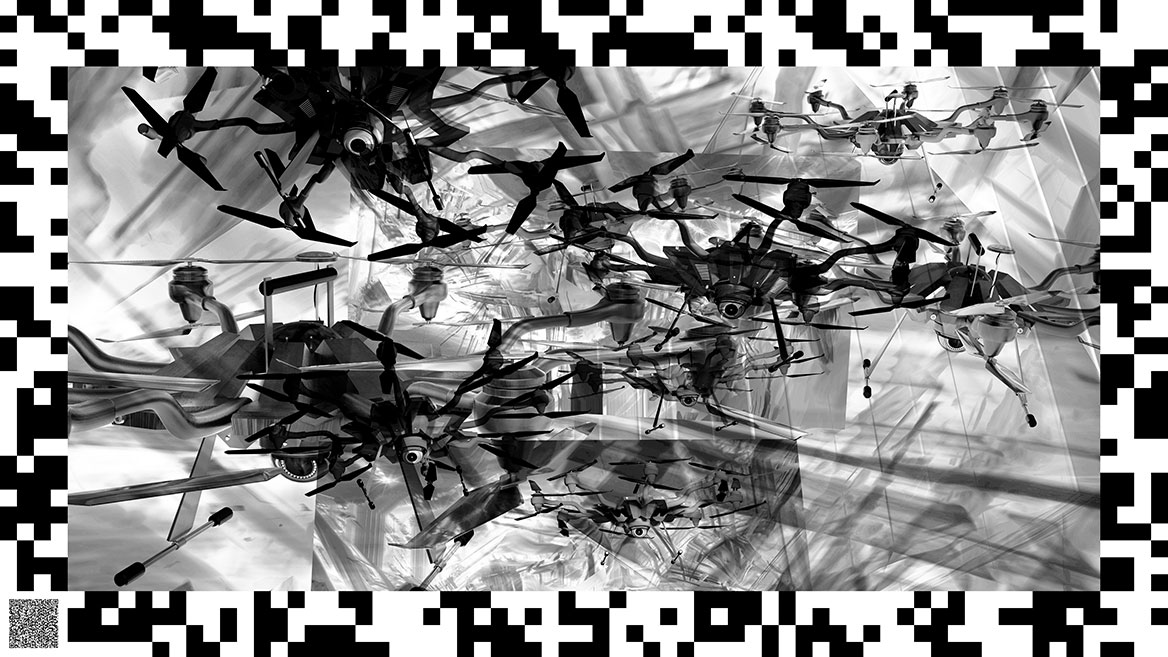
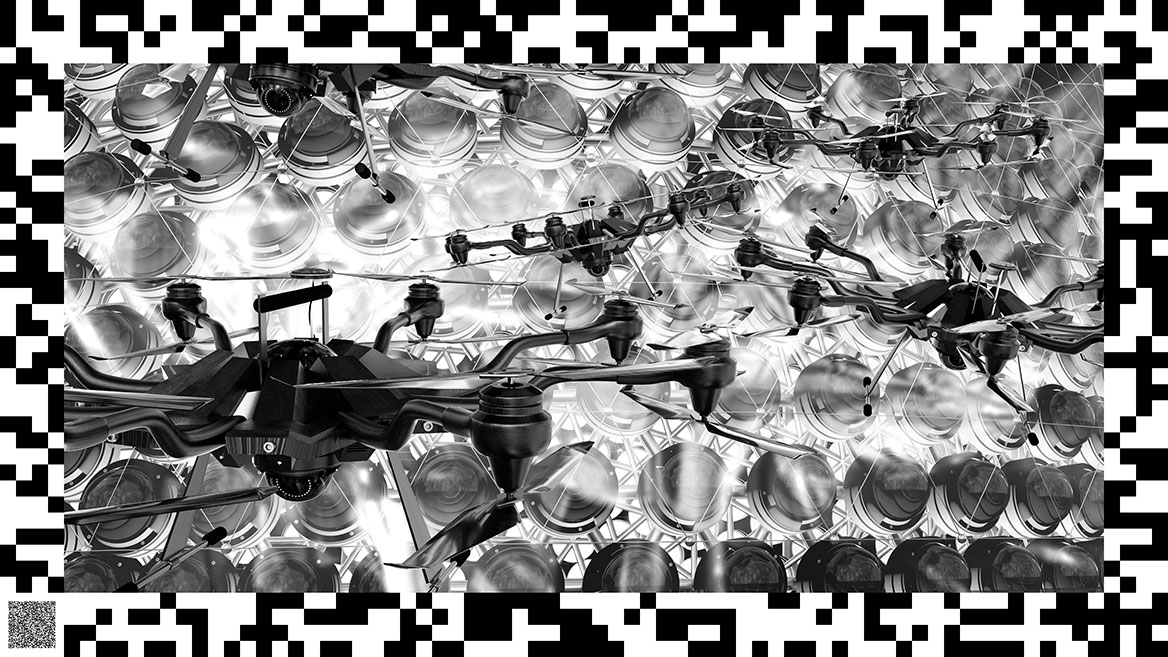
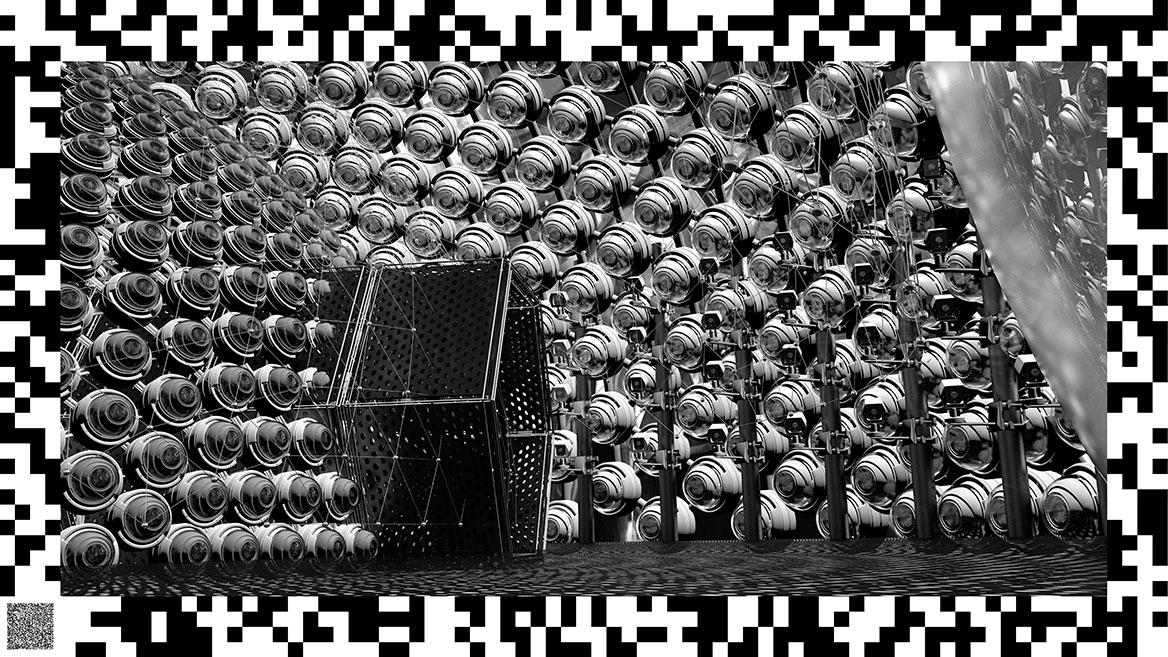
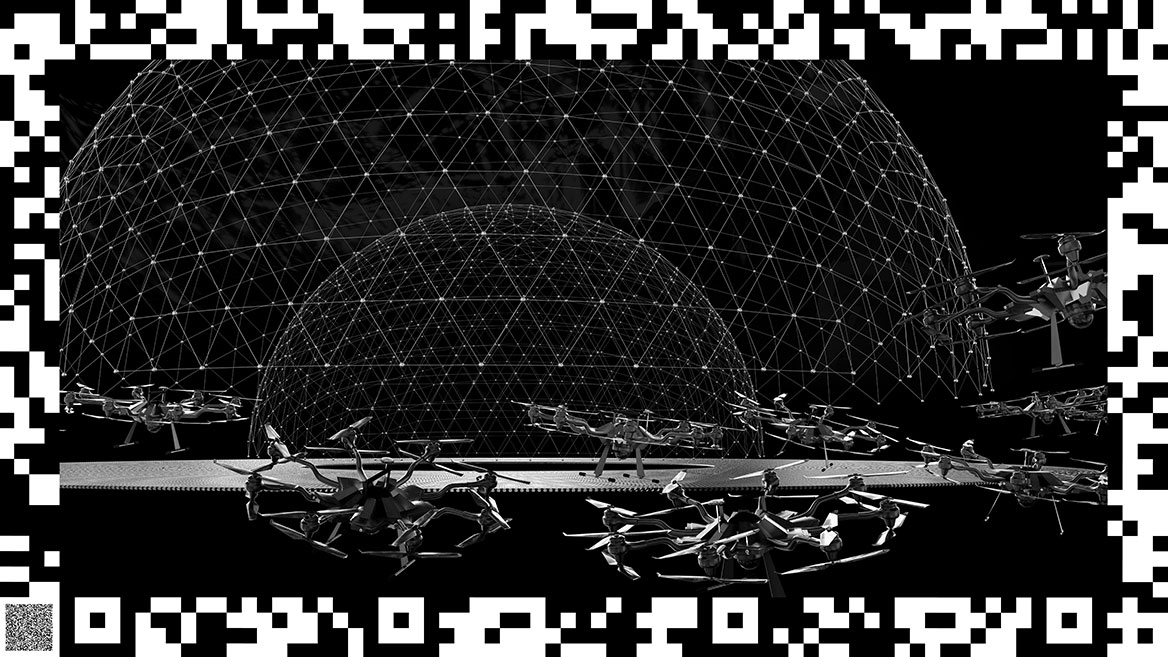
Comment
Author: Heinz Hermann Maria Hoppe
We are lemmings. Supposedly at the mercy of others, we give away our personal thoughts in exchange for a few pixelated hearts. Automatically merged, we let our data, naïve, be converted into digital scores and make us believe our interests. ‘Likes’, ‘selfies’, ‘posts’ and ‘cookies’ are cute-sounding names for donated building blocks for digital ‘personality development’. We deliver our gifts voluntarily, just like that, because we are promised the smallest comforts. In return, ‘the other side’ secures itself with page-long and foreign-language terms of use and doesn’t care about our privacy. Our personal characteristics are traded like raw materials, luxury foods or fashion items.
Habits, preferences, political opinions, purchases and behaviors can be predicted. ‘Big Data’ is even generated from comments we make. We let our experience be guided by ‘apps’. Our imagination for digital dangers, on the other hand, has long since been exhausted. There are supposed to be areas where algorithms decide whether you can ride on the train, where you can no longer enter your apartment because the door key is an algorithm that, remotely controlled, has locked itself. Areas where you have to point your own surveillance camera at yourself in order to be inspected, where a machinery of lenses, zeros and ones recognizes a person as he passes by, traces his movements, and measures his body temperature. What doesn’t work so well yet is reading thoughts. But calculations are being made. Attractiveness and happiness can also be calculated, health values can be put into formulas and consumption habits can be planned in advance.
Cars are to become ‘entertainment capsules’. When we no longer drive ourselves, our vehicles will finally be transformed into computers with wheels, powered by silicon batteries and algorithms. When our cell phones stop moving on the highways, at least the signals from our coordinates will flow for traffic jam alerts. In the future, anyone who doesn’t pay their leasing installment on time may not even be allowed to stand in a traffic jam. The ignition of the mobile world of experience will then simply be switched off, also by remote control. Networked with traffic lights, desks and televisions (‘Internet of Things’), locations, exceeded speed limits, consumer behavior and leisure activities will become more transparent. They could become crystal clear when we roll through ‘Smart Cities’ in our capsules, where every streetlight and crosswalk collects data. Politically enforced digitization pushes are already supposed to drive in guard rails for new infrastructures, even between official offices.
Where data, not ‘smart phones’, is the real business, digital paternalism and expropriation could become the program. Data are raw materials that can be mined like gold; the ‘Internet of Things’ is then (analogously) the gold mine. Learning loudspeakers can no longer just spit out drone and answer our question about the weather outside our window through earth-circling signals, but also absorb conversations and love chirps. The original suckers, the vacuum cleaners, could communicate who cleans how often, how much lint one has accumulated in relation to square meters. Whenever you go to sleep, the bedside lamp could synchronize with the electric alarm clock when it turns off and the data delivery turns on. The computer mouse could perhaps even read out states of mind and arousal based on jagged hand movements and the wild clicking of our nervous index fingers.
Video surveillance
Authorities, corporations and security firms look down on us with honed Argus eyes. The remote-controlled pupils provide 360-degree views and record crimes and traffic violations, deter or help solve them. Owners of luxury housing developments and fishing ponds relied on the same effect of the cameras and the dummies. Around the world, the rearmament, both in cities and in allotments, is taking on obscure features. Camera surveillance goes hand in hand with insecurity and surveillance pressure. In principle, everyone is suspect at all times. Public spaces of carelessness are becoming smaller. How could the increasing number of installations in the city center become islands of peace and sociable togetherness if surveillance cameras obviously embody the state’s distrust of its own citizens? When the mere omnipresence of the lenses stirs up fears and neuroses rather than radiating the promised security? Even behind the backs of workers, the systems can exert even more pressure and build distrust instead of trust. The anonymous sentinels, behind the monitors, get more and more artificial eyes mounted. To ensure that no movement goes uninterpreted in the unmanageable, they are supported by software that can even filter out gangsters based on suspicious movement patterns.
Drones
Like birds of prey, drones hunt, high above the heads of their prey, before opening their talons and directing missiles into tracked targets. Military drones are razor-sharp scouting equipment first. Couldn’t the web of flying ‘high-tech pupils’ become much denser in the future? Could they, small as sparrows or designed even smaller, perhaps the size of houseflies, nestle undetected in enemy shelters and command centers? Could they, swarming out in large numbers, each one synchronizing its trajectory every second, scan large areas over a wide area? Could they even control themselves intelligently in a swarm and autonomously decide on an attack?1 The drones of the future will probably be even harder to spot in the sky, while their ‘360-degree gorgon vision’ will give them a high-resolution view of everything around them. The large image data will then likely be analyzed live by powerful computers, rather than tying up the ‘manpower’ of today’s ‘analyst teams’. Besides the military, the wide field of commercial use of surveillance drones is certainly interesting in the future. Could ‘surveillance services’ for border and toll monitoring, patrol flights in pedestrian zones, department stores and schools be possible business areas? Unlike cameras rigidly bolted to walls and poles, drones would be flexible to use and could also track suspects right away.
Facial recognition
Facial recognition is supposed to clearly ‘match’ images with identities and thus prove criminal acts. In the form of data sets, however, ‘individuals’ lose their physicality and become zeros and ones that can be manipulated. In the fog of complex ‘AI codes’, the future could still hold nasty surprises, abuses and wrong decisions. After all, new technologies now allow faces to be perfectly calculated onto foreign bodies. This could allow unwelcome contemporaries to shoot high-definition movies of actions that didn’t even happen. People search engines can now harvest the billions of ‘selfies’ from ‘social media accounts’ or recordings in crowds of people, assigning names, genders and preferences. This makes it possible to identify strangers in real time. For that reason, demonstration leaders called for people not to share pictures of fellow demonstrators in postings. Facial recognition is an international business and is especially popular in counties that like to dig a little deeper into their citizens privacy. A nightmare is when citizens are ‘miscalculated’ due to ‘bugs’. This happens especially with foreign ethnicities, because the systems have been trained with local faces. Rich harvests, in the form of particularly detailed profiles, could be obtained in ‘data pantries’ with ‘Big Data’ scales. By linking data records, information on creditworthiness, punctuality, health, education level or trustworthiness could be extracted.
Biometrics
Biometrics is probably the oldest discipline for identifying people. Body size and eye color are typical features in ID cards; in the end, a passport photo is composed of nothing more than shapes, dimensions and colors that you or even an ‘AI program’ can match. The fingerprint is a unique identifier for automated recognition of individuals. ‘Body screens’ and ‘iris scans’ are likely to increasingly target other body features in the future, for example to ensure safety on board an aircraft. Our appearance is also used for government surveillance and carries weight in border and traffic controls. Biometrics have been used by evolutionary theorists as a tool for murder and manslaughter. The misuse of biometric data could in the future contribute to the exclusion of human rights, physical access or payment procedures if personal data on DNA, gait recognition, facial geometry, retina, voice, lip movement, ear shape, hand vein structure, nail bed and typing patterns, body odor or dental impressions fell into the wrong hands.
Smartphone
In the past, any intelligence agency would probably have given a lot for the surveillance potential of today’s ‘smartphones’. Crammed with personal data such as whereabouts, meeting places, contacts, call logs, calendar entries and documents, it is equipped with high-resolution microcameras (on both sides!), microphones (‘bugs’) and gyroscopes. While the ‘apps’ on the old models could already ‘track’ our jogging route and locate us live on the map, the new models, equipped with three lenses, can triangulate in 3D space. Corresponding apps could theoretically also ‘capture’ our personal surroundings very accurately if we overlook the “No” in the preference settings. ‘Cellular network’, ‘WLAN’, ‘Bluetooth’ - cell phones combine all the communication technologies needed to track walking paths on a demonstration2, activate nearby devices, log observed distances, transmit fingerprints and the data of family members and friends. Real agents can use spy software and ‘IMSI catchers’ to tap all cell phone data unnoticed. Even faster on the ‘5G network’, our constant companion could track our lives and document every move and location in space. It’s uncanny how ‘apps’ present us with the best moments of the year, with pictures taken by us. Internet calls, phone connection data, bookings, conversations, money transfers, health data ... our cell phone can be used as a weapon against us.
Internet
The never-forgetting Internet is much more than a virtual ‘marketplace’. ‘Monitoring’, ‘targeting’, ‘profiling’ and ‘tracking’ for ‘database’ and ‘target group marketing’ are nothing more than increasingly sophisticated methods of creating ‘avatars’ of us, obtaining information about our emotions, interests and minds, interpreting it and selling it profitably. Inquiries end up in the form of ‘click records’ in the engine rooms of search engines, in algorithmically sorted and individually assigned news and advertising messages. The ‘tentacles’ of the mutating ‘data octopuses’ have the cute name ‘cookies’. ‘Real Time Bidding’ is the name given to the auctioning of advertising space in the milliseconds it takes a website to build up. The auction runs in the background, we don’t notice anything. In these short periods of time, bidding calls are sent out to hundreds of companies, bids are made in fractions of a cent, ‘IDs’ are rated and exchanged. The highest bidders buy into our browsers with their ads based on what we’ve looked at or bought recently. Online booksellers can read personal interests and political stances based on titles ordered. Predictions like, “Customers who bought this item were also interested in ...” are getting better, based on profile data that advertising companies share with each other. The ‘Internet of Things’, in which devices and machines also exchange data with each other, will bring even more unimagined ‘advances’ in profiling.
Social Media
We like to freely mirror our thoughts to digital friends. Everyone gets a voice and, with heart response, the feeling of no longer being lonely. I’m “liked”, so I am. Self-promotion pays off in the form of self-worth through ‘followers’. In order for everyone to see what you’re eating or where you are, many an ‘influencer’ doesn’t shy away from the backdrop of a serious highway accident, with rescue workers deployed in the background. The quality of a friendship is an outdated measure; what is sought after is quick, superficial attention. Click and wipe. Private things are public, it seems to release happiness hormones when one reveals oneself. We make ourselves into a commodity, our ego consumes self-deception. These are the ‘ores’ for the databases of the monopolists in the ‘Silicon Valley’, whose algorithms dig like shovel excavators through our photos, videos, texts and sound recordings and thus through our interests, passions and buying habits, assembling meta-information about us, hoarding and flogging the new currency.
Home automation
Smart homes are crammed with sensors and are true ‘data mutants’. Lock cylinders, shutter motors, solar panels, coffee and washing machines, heating systems, electricity meters, light switches, telephone systems, microwaves, vacuum robots, smoke detectors, baby monitors, toothbrushes, ... connected to each other and automatically to the ‘Internet of Things’ (IoT), the bundled data would provide everything needed for a personal dossier. (‘Industry 4.0’ accordingly networks entire production lines with each other, including all potential dangers through manipulation from the outside). Service providers are not the only ones who know how to exploit the complexity of ‘smart’ technology by mounting remote maintenance including monitoring (remote surveillance) right into the privacy of bedrooms. Jealous and tech-savvy husbands or hackers can also bring ‘webcams’, thermostats, lamps and speakers ‘to life’. There are said to be admissions to psychiatric hospitals because the technology does what it wants – and homeowners become inmates of institutions.
Toys
Intelligent toys can automatically log on to the Internet and could scan play and social behavior, including aggression potential as well as the family environment. Who would suspect a talking teddy of spying?
Customer and credit card/payment systems
When shopping, we hold our magical glowing ‘phone’ in front of the checkout scanner as a matter of course, dazzled by the microelectronic potentials for touchlessness. “So what? Points, like small livestock, also make crap”. A small ‘points experience’ in everyday life, after all, but a comparatively tiny reward in exchange for our valuable, personal ‘double plus information’. The programs are still memorizing our daily lives, they haven’t quite finished their training yet. But they learn quickly, faster than the trainee at the checkout scanner: in the restaurant, at the ATM, during ‘online shopping’. Cashless payment transactions are more meaningful than marked banknotes. ‘Data mining’ at the checkout adds up to a valuable store of knowledge for consumer research. Who buys what, when and where, in what quantities, so also what eating habits you have (or how unhealthy you eat), you reveal for the sweet ‘points treats’. Online retailers, payment services and credit card institutions would also (theoretically) have all the information they need to show crystal-clear what things we go shopping for and what we’re into – if data protection regulations didn’t hold them back.
Gadgets/Wearables/RFID
The ‘smart’ watches, on the wrists of joggers overtaking us, meticulously collect workout data in real time. They have become popular and seeped into everyday life. Besides fitness and health, ‘gaming’ and ‘fashion’ are attracting sectors. ‘GPS trackers’, sensors easily hidden in any handbag, are, like ‘RFID circuits’ in books, tote bags or car tires, perfect surveillance electronics. Microchips can be integrated into any object, implanted to identify pets, in the form of ‘NFC chips’ for cashless payments or injected under the skin of hands as door openers. Instead of using a chip card, the swinging doors then open ‘as if by magic’ even more contact-free. After all, you don’t want to get dirty. A hand like this can certainly also be tracked.
Big Data/AI
Features, ‘clusters’, patterns – taxonomy deals with orders. Patterns are a prerequisite for recognition within self-learning systems. Classifications are like drawers, they have advantages and disadvantages. Negative in terms of monitoring people is that completely different characters can be put into one and the same drawer. Then data are linked together that have nothing to do with each other. Summarized statements simplify, lump together, can promote prejudices. How can automatically generated decisions be explained when the processes become unmanageable? How can automatically generated results be checked, if the information corresponds to world views and is therefore not critically questioned? Incorrectly trained systems could bring false news. Algorithms dictate more and more often, without human intervention. Algorithms already require us to prove we are human when we are asked to select pictures of traffic lights and buses while logging in. Algorithms scan our websites and rank texts written by humans in search engines. Mathematical models decide which articles might be interesting for us and are displayed. In the past, this was called ‘censorship’. Today, sometimes you don’t know if you are ‘chatting’ with a human or a computer. The ‘progress’ could occur that nobody knows anymore what we can still believe and what machines want to make us believe. No one would know anymore what is true and what is real “fake news”. Then we would only be organic clusters of cells in a binary system to which synthetic images are projected.
Why should we hide that we are in a good mood, when we are sad, angry or why we are depressed? How sheltered do we want to live in exchange for control, creepily adapted to new surveillance technologies that make us believe in security and order? In the end, it could come down to a tradeoff of surveillance versus freedom. If you want to automatically filter out potential spree killers and suicidal people from crowds of people, you also have to take a very close look at the amiable Mr. Meyer next door. Safe times can turn into a frightening environment. No one will want to do without sensible security devices, but in return we should keep a very close eye on our guards. After all, those who can read minds will also find ways to manipulate behavior. The dominated can even be made to consolidate structures of being dominated themselves – the supreme discipline of mass psychology. Movements of troops, goods, capital and data have long been closely monitored. How maturely do we want to be able to move as human beings? What would it do to us to be seen without gaps? When the last surveillance-free ‘reservations’ fall, there will be no turning back. One might be inclined to dismiss such thoughts as exaggerated or as ‘persecution mania’, after all, “thank God” there are privacy laws. But isn’t it pathological that ‘health apps’ cannibalize our pulse and ‘social media accounts’ cannibalize our ‘posts’? What could be more personal than our heartbeat and emotions? In general, the combination of psychology and computer science seems to have a great future. ‘Big Data’ becomes particularly ‘interesting’ for these ‘services’ when lucrative portfolios can be calculated from all-too-human, seemingly unrelated data.
They can.
List of sources and literature:
1 See jme: Moderne Kriegsführung/Autonome Waffe könnte Menschen erstmals eigenständig angegriffen haben. Spiegel Online/Science, Juni 02, 2021, 18.23 UTC. https://www.spiegel.de/ wissenschaft/technik/ autonome-waffe-koennte-menschen- erstmals-eigenstaendig-angegriffen- haben-a-ad06b93d-191c-4a5f- b4ae-853e7a7a177d (Date retrieved: February 27, 2022, 20:18 UTC).
2 See Thompson, Steward A. and Warzel, Charlie: ‘The Privacy Project: Twelve Million Phones, One Dataset, Zero Privacy’. The New York Times, Online edition, Dezember 19, 2019. https://www.nytimes.com/ interactive/2019/12/19/ opinion/location-tracking- cell-phone.html (Date retrieved: February 27, 2022 13:47 UTC).
Baumann, Zygmunt and Lyon, David: Liquid Surveillance. A Conversation. John Wiles& Sons, 2012.